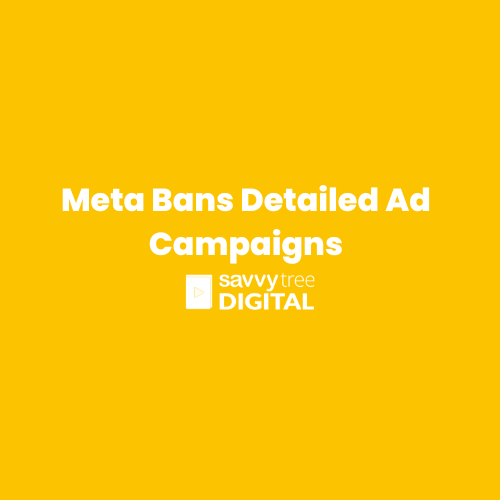Meta, the parent company of Facebook and Instagram, has made a significant shift in its advertising policies by prohibiting detailed targeting exclusions. This move is set to reshape the advertising landscape on these platforms, with far-reaching implications for businesses and marketers.
What Does This Mean?
Traditionally, advertisers had granular control over who saw their ads. They could exclude specific demographics, interests, or behaviors to refine their target audience. However, Meta’s new policy eliminates this level of precision.
This change means that advertisers will have less ability to:
- Exclude specific age groups, genders, or locations
- Target ads based on detailed interests or behaviors
- Prevent ads from being shown to users who have taken specific actions
Why the Change?
While Meta hasn’t explicitly stated its reasons, this move is likely driven by a combination of factors:
- Privacy Concerns: Increasing scrutiny over data privacy and user control has prompted tech giants to reevaluate their advertising practices.
- Ad Relevance: By limiting exclusion options, Meta aims to improve ad relevance for users, potentially leading to higher engagement and ad performance.
- Platform Control: This change grants Meta more control over ad placement and distribution, allowing them to optimize for their platform’s goals.
Impact on Advertisers
The implications for advertisers are substantial:
- Broader Audiences: Ads may reach a wider audience than intended, potentially impacting ad performance and budget efficiency.
- Reduced Targeting Precision: Marketers will need to adapt their strategies to focus on broader audience segments and rely more on interest-based targeting.
- Increased Competition: As targeting options become more limited, competition for ad placements may intensify, driving up costs.
Adapting to the New Landscape
To navigate these changes, advertisers should consider the following strategies:
- Focus on Core Audiences: Prioritize targeting broad audience segments that align with your core customer base.
- Leverage Lookalike Audiences: Create lookalike audiences based on existing customer data to reach similar users.
- Optimize Ad Creative: Develop highly relevant and engaging ad creative to resonate with a wider audience.
- Monitor Performance Closely: Continuously track ad performance metrics to identify opportunities for optimization.
Meta’s decision to ban detailed ad targeting exclusions marks a significant turning point for the advertising industry. While it presents challenges for advertisers, it also underscores the importance of adaptability and creative thinking in the evolving digital landscape.

